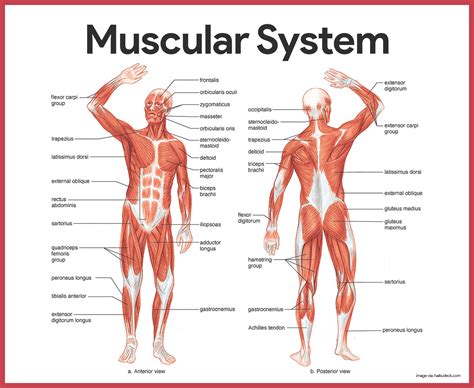Optimize resistance training frequency for lean muscle growth & peak power in men?

Unlocking Gains: The Science Behind Optimal Training Frequency
For men aiming to build lean muscle mass and develop explosive peak power, resistance training frequency is a crucial variable that often gets overlooked. It’s not just about how hard you train, but how often you stimulate your muscles without overtraining. Finding that sweet spot where muscle protein synthesis is maximized and neuromuscular adaptations flourish is key to unlocking consistent progress and achieving your physique and performance goals.

The Hypertrophy Equation: How Often for Muscle Growth?
Muscle protein synthesis (MPS) is the biological process by which the body creates new muscle proteins. Resistance training stimulates MPS, which remains elevated for approximately 24-48 hours post-workout. Therefore, training a muscle group more than once a week can theoretically lead to greater cumulative MPS over time, fostering more significant muscle growth. Current scientific consensus suggests that hitting each major muscle group 2-3 times per week, with adequate volume and intensity spread across these sessions, is more effective for hypertrophy than a single weekly session.
This approach allows for more opportunities to stimulate growth pathways, improve technique, and accumulate sufficient training volume without excessive fatigue in any single session. For example, a full-body workout three times a week, or an upper/lower split performed twice a week, are popular and effective strategies for maximizing muscle gains.

Boosting Peak Power: Frequency for Explosive Performance
Developing peak power involves enhancing the nervous system’s ability to rapidly recruit high-threshold motor units and generate force quickly. Unlike hypertrophy, which emphasizes metabolic stress and mechanical tension, power training focuses on speed of movement and neurological efficiency. Exercises like Olympic lifts, plyometrics, and ballistic movements are staples. For power development, the frequency often depends on the type of exercise and the athlete’s recovery capacity.
Generally, power-focused training can be performed 2-4 times per week. However, due to the high neurological demand, these sessions often involve lower repetitions, longer rest periods, and a focus on perfect form and maximal intent. Integrating power work into your routine might mean dedicated power days, or incorporating power movements at the beginning of a strength session when you’re freshest.

Synthesizing Growth and Power: A Synergistic Approach
Can you train for both muscle growth and peak power simultaneously? Absolutely. The key lies in intelligent programming and periodization. A common and effective strategy is to prioritize power work at the beginning of a training session when you’re fresh, followed by hypertrophy-focused exercises. This ensures that your nervous system isn’t fatigued when performing explosive movements. Another approach is to dedicate specific days to power training and others to hypertrophy, or to cycle through phases where one is emphasized more than the other (linear or undulating periodization).
Many successful programs incorporate compound movements (like squats, deadlifts, presses) that inherently build both strength and power, performed with varying rep ranges and intensities across the week. For instance, one day might focus on heavier loads (strength/power foundation), another on moderate loads for higher volume (hypertrophy), and a third on explosive, lighter loads (pure power).

Individualization and Recovery: Listen to Your Body
While general guidelines exist, the optimal training frequency is highly individual. Factors such as training experience, recovery capacity, sleep quality, nutrition, stress levels, and overall lifestyle significantly impact how often you can effectively train. Beginners typically recover faster and can make gains with lower frequencies, while advanced lifters might require more frequent, varied stimuli.
It’s crucial to listen to your body and adjust your frequency based on signs of overtraining, such as persistent fatigue, decreased performance, prolonged soreness, or disturbed sleep. Implementing deload weeks and ensuring adequate rest between sessions are also vital components of a sustainable and effective training regimen.

Practical Takeaways for Men
- For Lean Muscle Growth: Aim to train each major muscle group 2-3 times per week. Full-body workouts (3x/week) or upper/lower splits (4x/week) are excellent options.
- For Peak Power: Incorporate explosive movements 2-4 times per week, often at the start of your workout or on dedicated days. Focus on quality over quantity.
- Combine Them: Integrate power exercises before hypertrophy work within a session, or use a periodized approach to emphasize one over the other during different phases.
- Prioritize Recovery: Ensure sufficient sleep, nutrition, and manage stress. Adjust frequency based on your body’s signals.
- Consistency is Key: The most effective frequency is one you can adhere to consistently over the long term.
By intelligently structuring your resistance training frequency, men can create a powerful synergy that not only builds impressive lean muscle mass but also translates into remarkable peak power and athletic performance.







